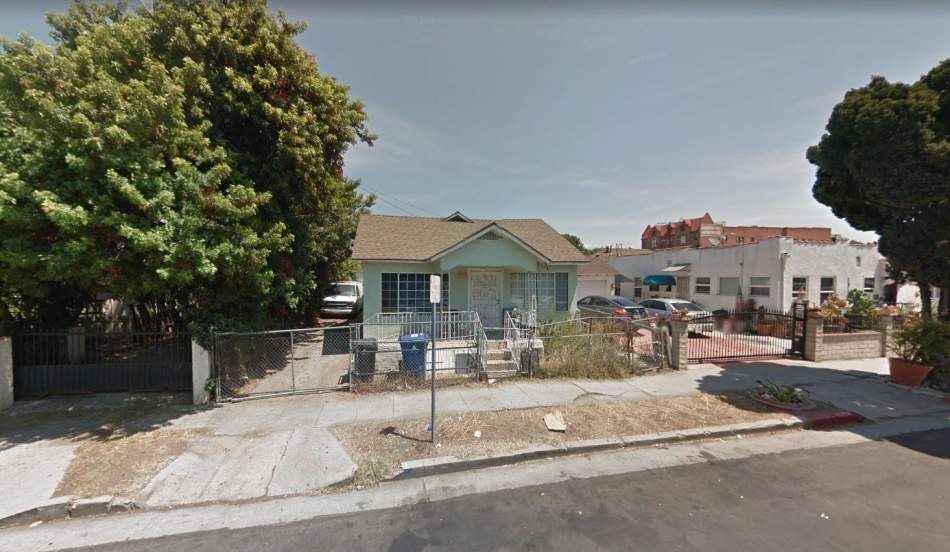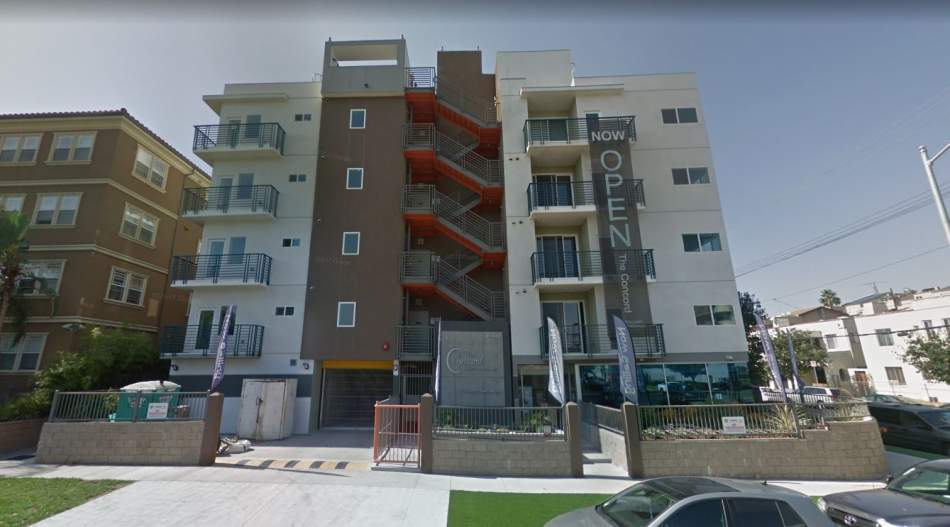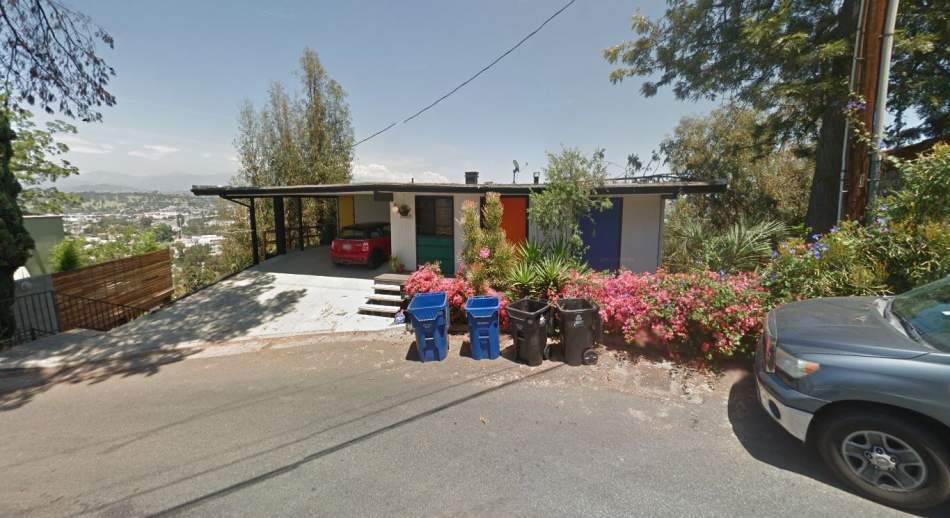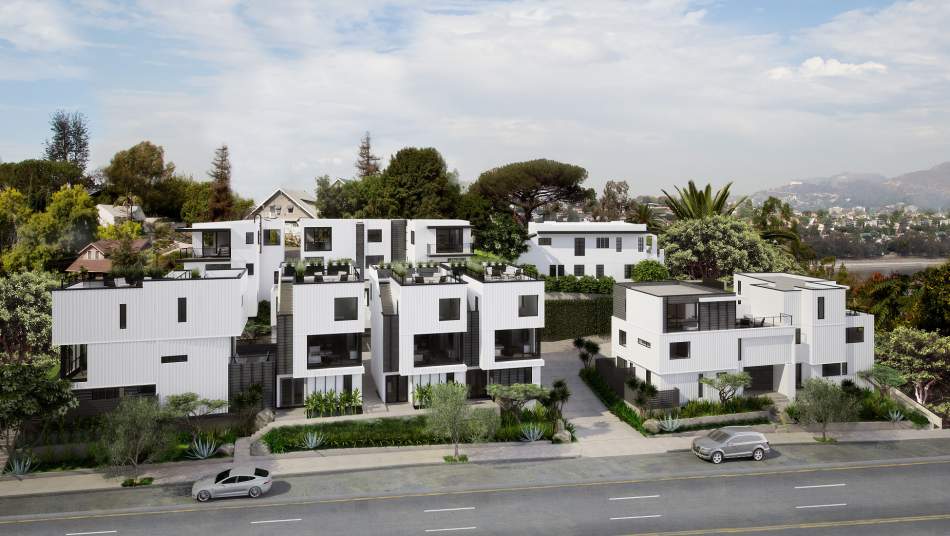Homeownership has long been considered a part of the American dream, and the government has spent decades developing laws to promote and incentivize it as a practice. As so many Californians are housing insecure during our current affordability crisis, ownership is a way to create stable, predictable household housing costs at all income levels.
Homeownership provides the predictability of fixed housing costs. The most common form of a home mortgage, the 30-year fixed mortgage, is 360 monthly payments of the same amount. If you secured a fixed-rate mortgage today, what you pay this month is the exact same amount that you would pay in 2048. To go further, government-sponsored entities like Fannie Mae, Freddie Mac, and the Federal Housing Administration provide robust, liquid markets that ensure the cost of originated mortgages are as low as possible. This situation is completely different for renters. In this rising market, renters are always at risk to rent hikes, even those living in rent-controlled units.

Californians also have fixed property taxes under Proposition 13. If you bought your home in 1980 for $50,000 and today it is worth $750,000 (not uncommon in California), you pay property taxes based on the original $50,000 purchase price.
To make the deal even better, the interest portion of your mortgage payment and property tax payments are often tax-deductible. Say a person is in the 30% state and local tax bracket. If their rent is $2,500 per month, they pay $2,500 per month. But if the sum of their monthly property tax and mortgage payment is $2,500, generally speaking, their actual payment after tax benefits is often under $2,000 a month.
Historically, California residential real estate has been an excellent long-term wealth creator. In today’s world, home equity comprises a substantial part of the net worth of many California homeowners. As the Los Angeles County median home price hits record highs, most homeowners have materially increased their net worth by simply owning a home. This home equity provides certain levels of flexibility. If your income has risen in the years since you purchased your home, you can refinance to take cash out to pay for things like your children’s college tuition or business investments. If you died today, assuming you are worth less than approximately $11,200,000 (not a typo), you can typically give your house to your heirs estate-tax-free.
Ownership doesn’t need to come from single-family homes. In infill settings, condominiums and townhomes provide the same benefits listed above. The units can be small too. As of this writing - March 24, 2018 - there are 2,325 units for sale in New York City under 750 square feet.
Homeownership provides upward mobility, home security, and long-term wealth creation opportunities to Californians. But despite all of these benefits, housing developers in California infill locations overwhelmingly chose to build rental apartment buildings. In 2017, well over 90% of the completed multifamily units in the City of Los Angeles were rentals.
Why are we depriving so many Californians of this terrific deal? There are four main reasons, and unfortunately, they are not easy fixes.
It Often Takes Much Longer and Is Riskier To Get For Sale Housing Approved
The Subdivision Map Act is a California state law that determines how new for-sale housing is approved. Anytime you take a piece of property and plan to sell it to more than one individual you must go through this process.
In many jurisdictions, the process is often much simpler for rental developments. In the City of Los Angeles for example, if your apartment building is under 50 units, not located in a specific plan area, and conforms to existing zoning, there is no planning case. You can take your building plans straight to the Department of Building and Safety for building permit plan check.
Let’s walk through the process of what the approval process is for a simple two-unit, zone conforming duplex in Los Angeles for rent, then compare it to an otherwise identical project that will be marketed for sale.
As mentioned, if the duplex is for rent in Los Angeles there is no planning case. You take your plans straight to Building and Safety for a permit, then you start construction.
If the duplex was for sale, under state law you need a planning case for a parcel map. Neighbors within a 500-foot radius and the local neighborhood council are notified. There is a public hearing and the parcel map case can be appealed. You also need an environmental clearance under the California Environmental Quality Act – which can also be appealed. After it clears appeal at the local level, it can still be challenged in the California courts both at the Superior level and then the Appellate level. Once the parcel map is approved, it is only a tentative approval. You still must go through the next process of recording your final map. Many jurisdictions in California do not allow construction to begin while you are recording your final map. All of this because of a state law that guides how to make your duplex for sale.
Understandably, you can see why many builders are incentivized to go the for-rent route for approvals rather than for-sale. Especially in jurisdictions that have by-right processing for non-subdivision cases. The California Legislature has their hands full at the moment with housing. But eventually, some common-sense reform of the Subdivision Map Act is warranted.
It is Much More Difficult To Obtain a Mortgage For a New Condominium than a New Home

Most mortgages are affiliated with one of three major government-sponsored entities: Fannie Mae, Freddie Mac, or the Federal Housing Administration. Say you have a new development of 40 single-family homes. These three entities would have no problem providing a mortgage for a qualified buyer of that project.
The same is not the case for a brand new 40-unit condominium or townhome project. These organizations consider condominium projects riskier. The rules are always changing, but they generally require that a significant portion of the project be pre-sold (usually about half) before issuing the first mortgage. In the case of the 40-unit townhome project, you would need to pre-sell about 20 of the homes before closing on a single one.
Frankly, this process is a giant pain for the builder. It also adds a certain element of risk. It can take months to pre-sell half of a project. Some of the first buyers can, and often do, find other places to buy and drop out before the first half is sold. Condominium mortgages can also be more expensive than those for single-family homes.
This process was put in place to protect lenders from getting hurt on risky projects. I understand why lenders would want to be careful on luxury skyscraper condo developments, but wood-constructed townhomes and condominiums from three-to-five stories are much less risky. Washington is always adjusting Freddie and Fannie. The next time they do, it would be great if they lowered the pre-sale requirements on these less risky projects.
Our Tax System Favors the Construction of For-Rent Over For-Sale Housing
As I described above, a homeowner generally enjoys significant tax benefits over a renter. As far as the development of for-rent housing versus for-sale housing, the complete opposite is the case. There are often significant tax advantages to building a rental project over a for-sale project.
For-sale projects are taxed as ordinary income, which is our highest level of taxation.
Unlike a for-sale project, an apartment developer has the option to keep the apartment building. Assuming the project was done properly, lenders like Fannie Mae have mortgage products available to refinance out a significant portion of the developer’s invested capital upon building completion. Once tenants move in, the developer can often take depreciation losses against new rents. This is a much more favorable tax situation than paying ordinary income the day your project is complete. These favorable tax advantages are a major reason why developers take the for-rent route over the for-sale route.
I’m confident that neither Paul Ryan nor Nancy Pelosi are Urbanize LA readers. They should be though. If the country is as serious about promoting homeownership as they say they are, they need to look at reforming how they tax various forms of new residential construction.
Development Insurance is Much Higher for For-Sale Projects than for Rental Projects
Senate Bill 800, passed in 2002, guides the process of construction defect litigation in California. Existing laws provide that owners of new residential construction have ten years from building completion to file a lawsuit for defects. These lawsuits are very common for new condominium projects.
Because of this, insurance for new condominium projects is more expensive than that of other residential projects. As a result, many reputable California architects, engineers, and subcontractors simply refuse to work on condominium projects.
In 2005, the City of Los Angeles established the Small Lot Subdivision Ordinance. This ordinance allowed a new hybrid housing typology that looked and functioned like row townhomes but where each unit was built independently on individual “small lots”. A major consideration in this ordinance was insurance. Small lots are technically single-family homes and have lower development insurance than condominiums. I wrote earlier this year that the California Legislature should consider a statewide small lot ordinance as a way to address some of these insurance issues and promote home ownership.
--------------
So why are most new developments rental apartments? Because the developer does not want to deal with the longer approval periods, the often less favorable tax treatment, and the increased risk.
Increasing homeownership opportunities for new housing is very important. California residential real estate will almost certainly appreciate in the future. I want as much of that appreciation to go to the California worker as possible over a landlord. Promoting for-sale housing is a way to bridge the large wealth inequality gap we have in the state.
I often write that land use supply decisions must be addressed at the state level because it so difficult to fix at the local level. The ownership dilemma is different. It is not a local issue and must be addressed at the state and federal level. For decades in California, homeownership was often an attainable choice for many that wanted it. Today, especially in our urban centers, that is no longer the case. As we look for ways to create stable housing costs for Californians, addressing the issues that incentivize the construction of for-sale housing needs to be part of the conversation.
@housingforca is a Los Angeles based residential developer. Follow him on Twitter @housingforca. For inquiries, email housingforla@gmail.com
This article does not provide tax, legal or accounting advice. This material has been prepared for informational purposes only, and is not intended to provide, and should not be relied on for, tax, legal or accounting advice. You should consult your own tax, legal and accounting advisors before engaging in any transaction.









